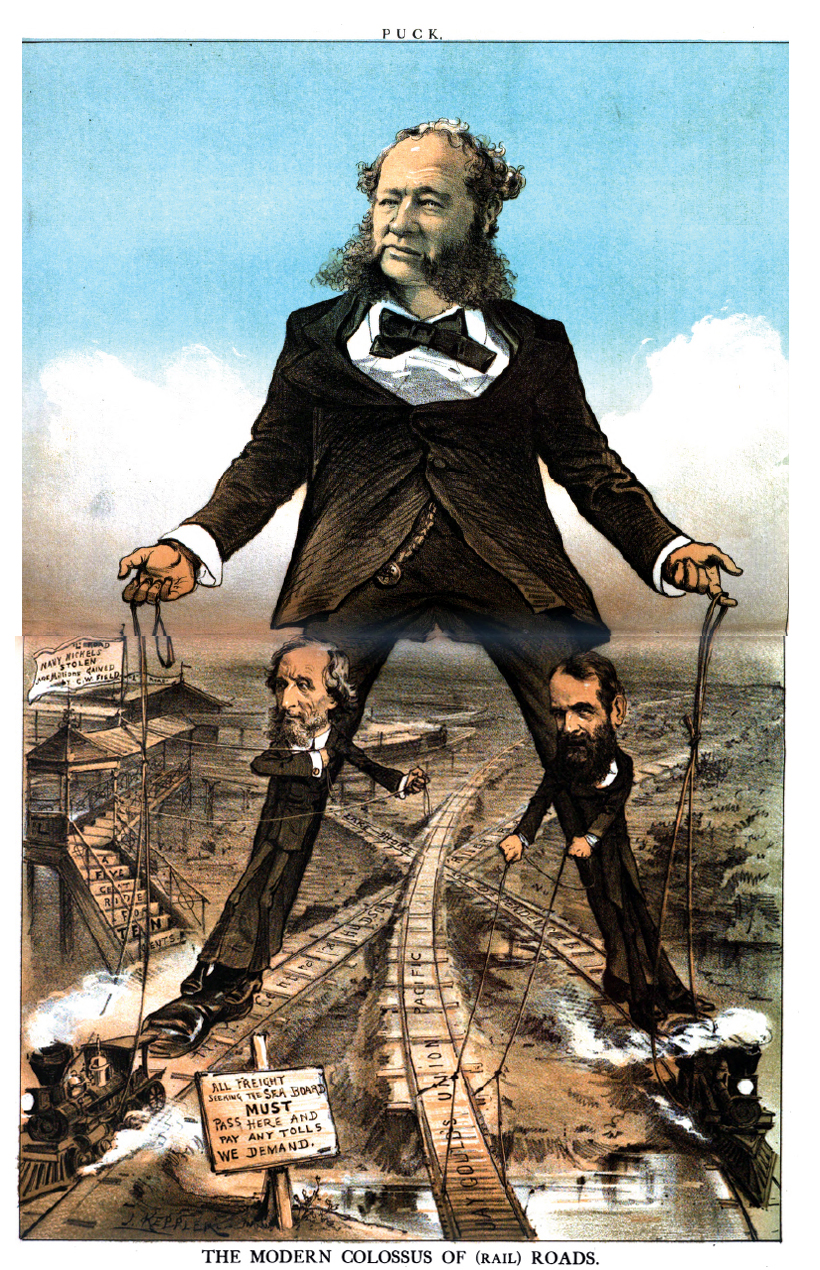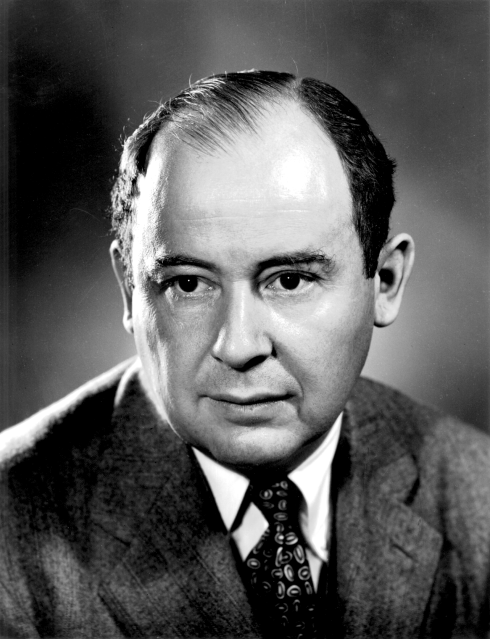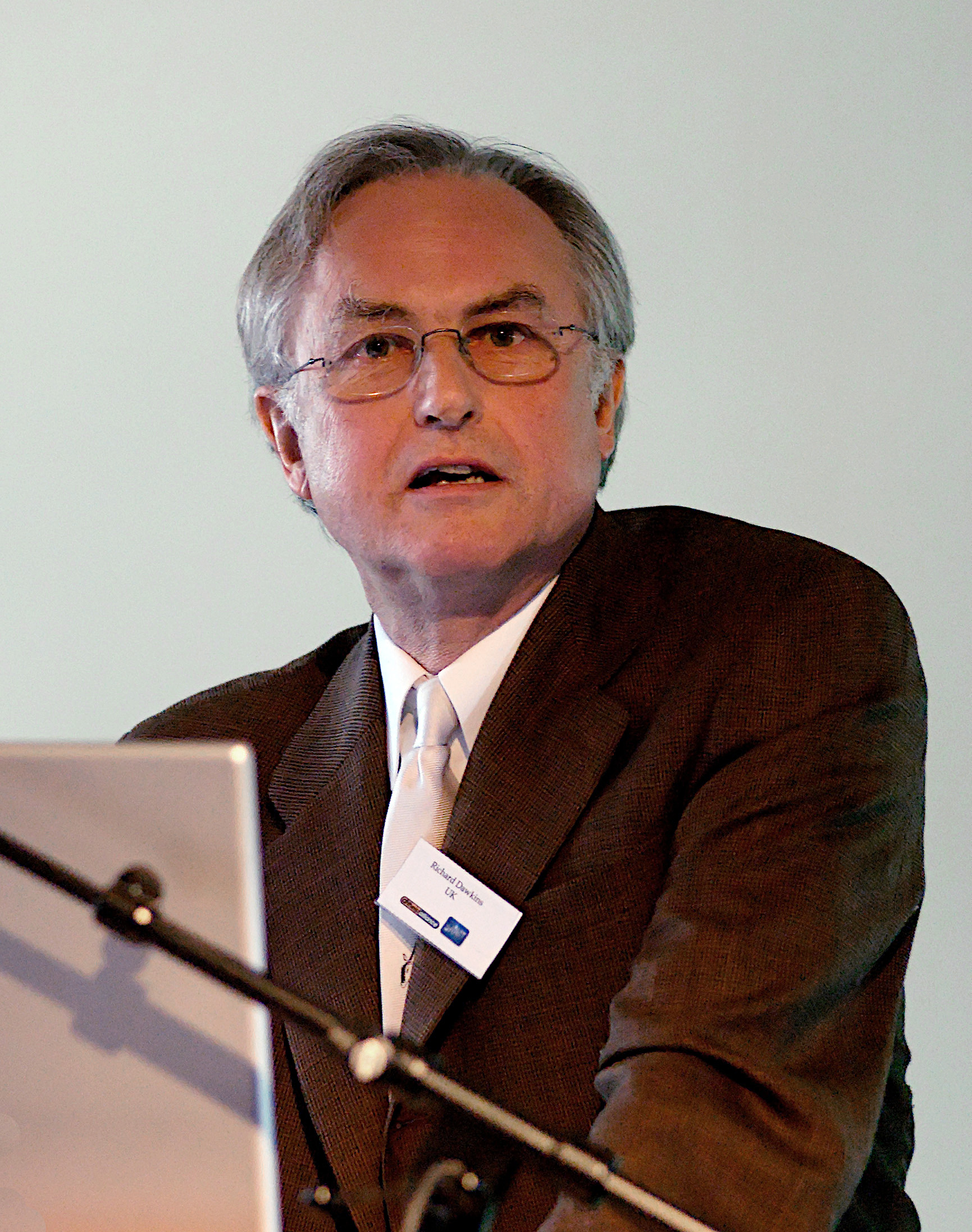|
Conjectural Variation
In oligopoly theory, conjectural variation is the belief that one firm has an idea about the way its competitors may react if it varies its output or price. The firm forms a conjecture about the variation in the other firm's output that will accompany any change in its own output. For example, in the classic Cournot model of oligopoly, it is assumed that each firm treats the output of the other firms as given when it chooses its output. This is sometimes called the "Nash conjecture," as it underlies the standard Nash equilibrium concept. However, alternative assumptions can be made. Suppose you have two firms producing the same good, so that the industry price is determined by the combined output of the two firms (think of the water duopoly in Cournot's original 1838 account). Now suppose that each firm has what is called the "Bertrand Conjecture" of −1. This means that if firm A increases its output, it conjectures that firm B will reduce its output to exactly offset firm A's i ... [...More Info...] [...Related Items...] OR: [Wikipedia] [Google] [Baidu] |
|
|
Oligopoly Theory
An oligopoly () is a market in which pricing control lies in the hands of a few sellers. As a result of their significant market power, firms in oligopolistic markets can influence prices through manipulating the supply function. Firms in an oligopoly are mutually interdependent, as any action by one firm is expected to affect other firms in the market and evoke a reaction or consequential action. As a result, firms in oligopolistic markets often resort to collusion as means of maximising profits. Nonetheless, in the presence of fierce competition among market participants, oligopolies may develop without collusion. This is a situation similar to perfect competition, where oligopolists have their own market structure. In this situation, each company in the oligopoly has a large share in the industry and plays a pivotal, unique role. Many jurisdictions deem collusion to be illegal as it violates competition laws and is regarded as anti-competition behaviour. The EU competit ... [...More Info...] [...Related Items...] OR: [Wikipedia] [Google] [Baidu] |
|
|
Cournot Model
Cournot competition is an economic model used to describe an industry structure in which companies compete on the amount of output they will produce, which they decide on independently of each other and at the same time. It is named after Antoine Augustin Cournot (1801–1877) who was inspired by observing competition in a spring water duopoly. It has the following features: * There is more than one firm and all firms produce a homogeneous product, i.e., there is no product differentiation; * Firms do not cooperate, i.e., there is no collusion; * Firms have market power, i.e., each firm's output decision affects the good's price; * The number of firms is fixed; * Firms compete in quantities rather than prices; and * The firms are economically rational and act strategically, usually seeking to maximize profit given their competitors' decisions. An essential assumption of this model is the "not conjecture" that each firm aims to maximize profits, based on the expectation that its ow ... [...More Info...] [...Related Items...] OR: [Wikipedia] [Google] [Baidu] |
|
 |
Nash Equilibrium
In game theory, the Nash equilibrium is the most commonly used solution concept for non-cooperative games. A Nash equilibrium is a situation where no player could gain by changing their own strategy (holding all other players' strategies fixed). The idea of Nash equilibrium dates back to the time of Cournot, who in 1838 applied it to his model of competition in an oligopoly. If each player has chosen a strategy an action plan based on what has happened so far in the game and no one can increase one's own expected payoff by changing one's strategy while the other players keep theirs unchanged, then the current set of strategy choices constitutes a Nash equilibrium. If two players Alice and Bob choose strategies A and B, (A, B) is a Nash equilibrium if Alice has no other strategy available that does better than A at maximizing her payoff in response to Bob choosing B, and Bob has no other strategy available that does better than B at maximizing his payoff in response to Alice c ... [...More Info...] [...Related Items...] OR: [Wikipedia] [Google] [Baidu] |
|
Antoine Augustin Cournot
Antoine Augustin Cournot (; 28 August 180131 March 1877) was a French philosopher and mathematician who contributed to the development of economics. Biography Antoine Augustin Cournot was born on August 28, 1801 in Gray, Haute-Saône. He entered the preparatory school at Collège de Gray in 1809, where he studied until the age of 15. He later studied at Collège Royal de Besançon. In 1821, he entered one of the most prestigious Grande école, the École normale supérieure. According to Agnar Sandmo: in 1823 he took a license degree in mathematics at Sorbonne University. He then became the private secretary of a field marshal who required assistance in writing his memoirs. This position left Cournot with considerable time for his own pursuits. In the course of his ten years in the field marshal's employment he took two doctoral degrees, one in mechanics and one in astronomy. In addition, he published a number of articles and even acquired a degree in law. Subsequently, Cou ... [...More Info...] [...Related Items...] OR: [Wikipedia] [Google] [Baidu] |
|
 |
Marginal Cost
In economics, the marginal cost is the change in the total cost that arises when the quantity produced is increased, i.e. the cost of producing additional quantity. In some contexts, it refers to an increment of one unit of output, and in others it refers to the rate of change of total cost as output is increased by an infinitesimal amount. As Figure 1 shows, the marginal cost is measured in dollars per unit, whereas total cost is in dollars, and the marginal cost is the slope of the total cost, the rate at which it increases with output. Marginal cost is different from average cost, which is the total cost divided by the number of units produced. At each level of production and time period being considered, marginal cost includes all costs that vary with the level of production, whereas costs that do not vary with production are fixed. For example, the marginal cost of producing an automobile will include the costs of labor and parts needed for the additional automobile but not t ... [...More Info...] [...Related Items...] OR: [Wikipedia] [Google] [Baidu] |
 |
Monopoly
A monopoly (from Greek language, Greek and ) is a market in which one person or company is the only supplier of a particular good or service. A monopoly is characterized by a lack of economic Competition (economics), competition to produce a particular thing, a lack of viable substitute goods, and the possibility of a high monopoly price well above the seller's marginal cost that leads to a high monopoly profit. The verb ''monopolise'' or ''monopolize'' refers to the ''process'' by which a company gains the ability to raise prices or exclude competitors. In economics, a monopoly is a single seller. In law, a monopoly is a business entity that has significant market power, that is, the power to charge Monopoly price, overly high prices, which is associated with unfair price raises. Although monopolies may be big businesses, size is not a characteristic of a monopoly. A small business may still have the power to raise prices in a small industry (or market). A monopoly may als ... [...More Info...] [...Related Items...] OR: [Wikipedia] [Google] [Baidu] |
|
Arthur Bowley
Sir Arthur Lyon Bowley, FBA (6 November 1869 – 21 January 1957) was an English statistician and economist who worked on economic statistics and pioneered the use of sampling techniques in social surveys. Early life Bowley's father, James William Lyon Bowley, was a minister in the Church of England. He died at the age of 40 when Arthur was one, leaving Arthur's mother as mother or stepmother to seven children. Arthur was educated at Christ's Hospital, and won a scholarship to Trinity College, Cambridge to study mathematics. He graduated as Tenth Wrangler. At Cambridge Bowley had a short course of study with the economist Alfred Marshall who had also been a Cambridge wrangler. Under Marshall's influence Bowley became an economic statistician. His ''Account of England's Foreign Trade'' won the Cobden Essay Prize and was published as a book. Marshall watched over Bowley's career, recommending him for jobs and offering him advice. Most notoriously Marshall told him the ''Elemen ... [...More Info...] [...Related Items...] OR: [Wikipedia] [Google] [Baidu] |
|
|
Ragnar Frisch
Ragnar Anton Kittil Frisch (3 March 1895 – 31 January 1973) was an influential Norwegian economist and econometrician known for being one of the major contributors to establishing economics as a quantitative and statistically informed science in the early 20th century. He coined the term econometrics in 1926 for utilising statistical methods to describe economic systems, as well as the terms microeconomics and macroeconomics in 1933, for describing individual and aggregate economic systems, respectively. He was the first to develop a statistically informed model of business cycles in 1933. Later work on the model, together with Jan Tinbergen, won the first Nobel Memorial Prize in Economic Sciences in 1969. Frisch became dr.philos. with a thesis on mathematics and statistics at the University of Oslo in 1926''.'' After his doctoral thesis, he spent five years researching in the United States at the University of Minnesota and Yale University. After teaching briefly at Yale from ... [...More Info...] [...Related Items...] OR: [Wikipedia] [Google] [Baidu] |
|
 |
Game Theory
Game theory is the study of mathematical models of strategic interactions. It has applications in many fields of social science, and is used extensively in economics, logic, systems science and computer science. Initially, game theory addressed two-person zero-sum games, in which a participant's gains or losses are exactly balanced by the losses and gains of the other participant. In the 1950s, it was extended to the study of non zero-sum games, and was eventually applied to a wide range of Human behavior, behavioral relations. It is now an umbrella term for the science of rational Decision-making, decision making in humans, animals, and computers. Modern game theory began with the idea of mixed-strategy equilibria in two-person zero-sum games and its proof by John von Neumann. Von Neumann's original proof used the Brouwer fixed-point theorem on continuous mappings into compact convex sets, which became a standard method in game theory and mathematical economics. His paper was f ... [...More Info...] [...Related Items...] OR: [Wikipedia] [Google] [Baidu] |
 |
Evolutionary Game Theory
Evolutionary game theory (EGT) is the application of game theory to evolving populations in biology. It defines a framework of contests, strategies, and analytics into which Darwinism, Darwinian competition can be modelled. It originated in 1973 with John Maynard Smith and George R. Price's formalisation of contests, analysed as strategies, and the mathematical criteria that can be used to predict the results of competing strategies. Evolutionary game theory differs from classical game theory in focusing more on the dynamics of strategy change. This is influenced by the frequency of the competing strategies in the population. Evolutionary game theory has helped to explain the basis of altruism (biology), altruistic behaviours in Darwinian evolution. It has in turn become of interest to economists, sociologists, anthropologists, and philosophers. History Classical game theory Classical non-cooperative game theory was conceived by John von Neumann to determine optimal strategies i ... [...More Info...] [...Related Items...] OR: [Wikipedia] [Google] [Baidu] |
|
Huw Dixon
Huw David Dixon (/hju: devəd dɪksən/; born 1958) is a British economist. He has been a professor at Cardiff Business School since 2006, having previously been Head of Economics at the University of York (2003–2006) after being a professor of economics there (1992–2003), and the University of Swansea (1991–1992), a Reader at Essex University (1987–1991) and a lecturer at Birkbeck College (University of London) 1983–1987. Education Dixon graduated from his first degree in Philosophy and Economics from Balliol College, University of Oxford in 1980, and he went on to do his PhD at Nuffield College, University of Oxford under the supervision of Nobel Laureate Sir James Mirrlees graduating in 1984. Career Dixon was a fellow of the CEPR from 1991 to 2001, a member of the Royal Economic Society council (1996–2001), and a fellow of the Ces-ifo institute since 2000. He has been on the editorial board of the '' Review of Economic Studies'' (1986–1993), the ''Journal ... [...More Info...] [...Related Items...] OR: [Wikipedia] [Google] [Baidu] |
|
 |
Meme
A meme (; ) is an idea, behavior, or style that Mimesis, spreads by means of imitation from person to person within a culture and often carries symbolic meaning representing a particular phenomenon or theme. A meme acts as a unit for carrying culture, cultural ideas, symbols, or practices, that can be transmitted from one mind to another through writing, speech, gestures, rituals, or other imitable phenomena with a mimicked theme. Supporters of the concept regard memes as cultural analogues to genes in that they Self-replication, self-replicate, mutate, and respond to natural selection, selective pressures. In popular language, a meme may refer to an Internet meme, typically an image, that is remixed, copied, and circulated in a shared cultural experience online. Proponents theorize that memes are a viral phenomenon that may evolve by natural selection in a manner analogous to that of evolution, biological evolution. Memes do this through processes analogous to those of genetic ... [...More Info...] [...Related Items...] OR: [Wikipedia] [Google] [Baidu] |